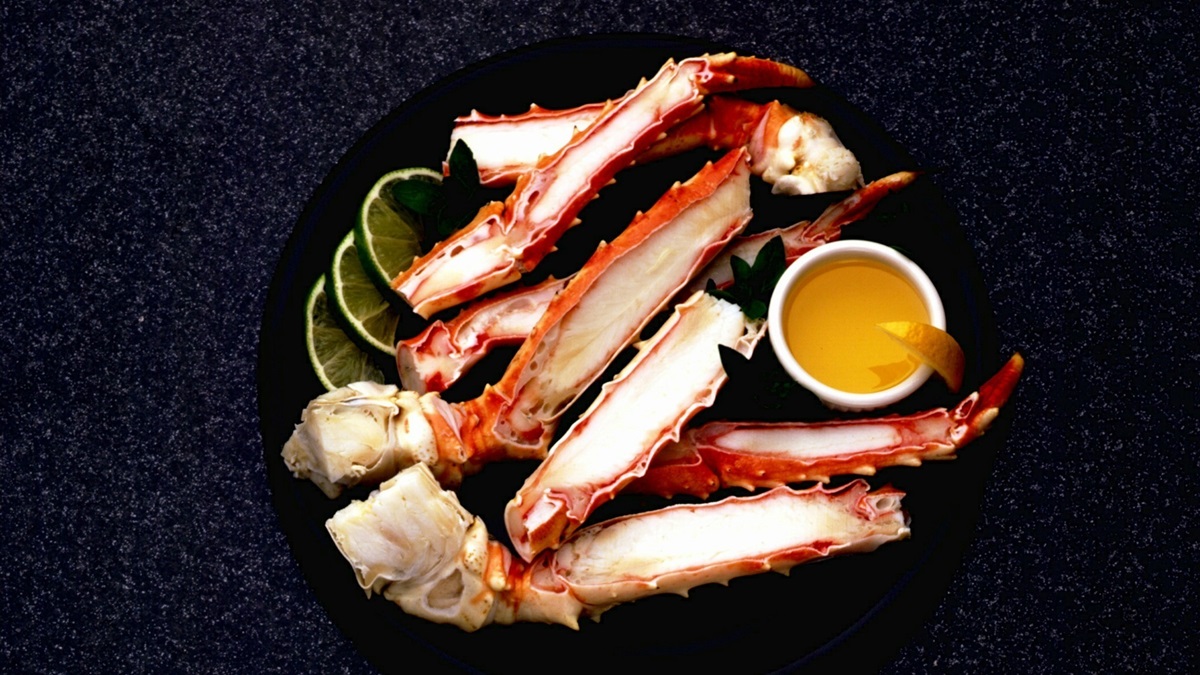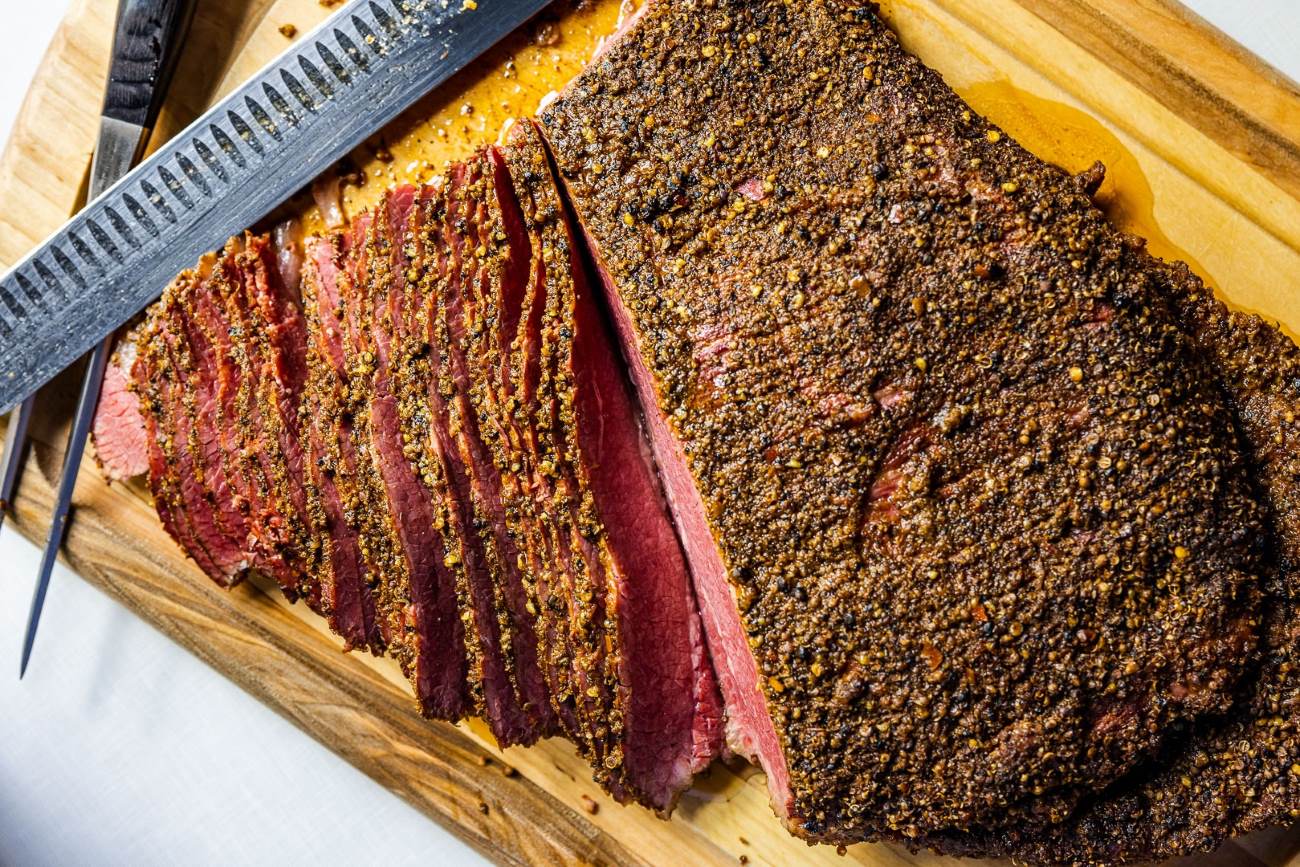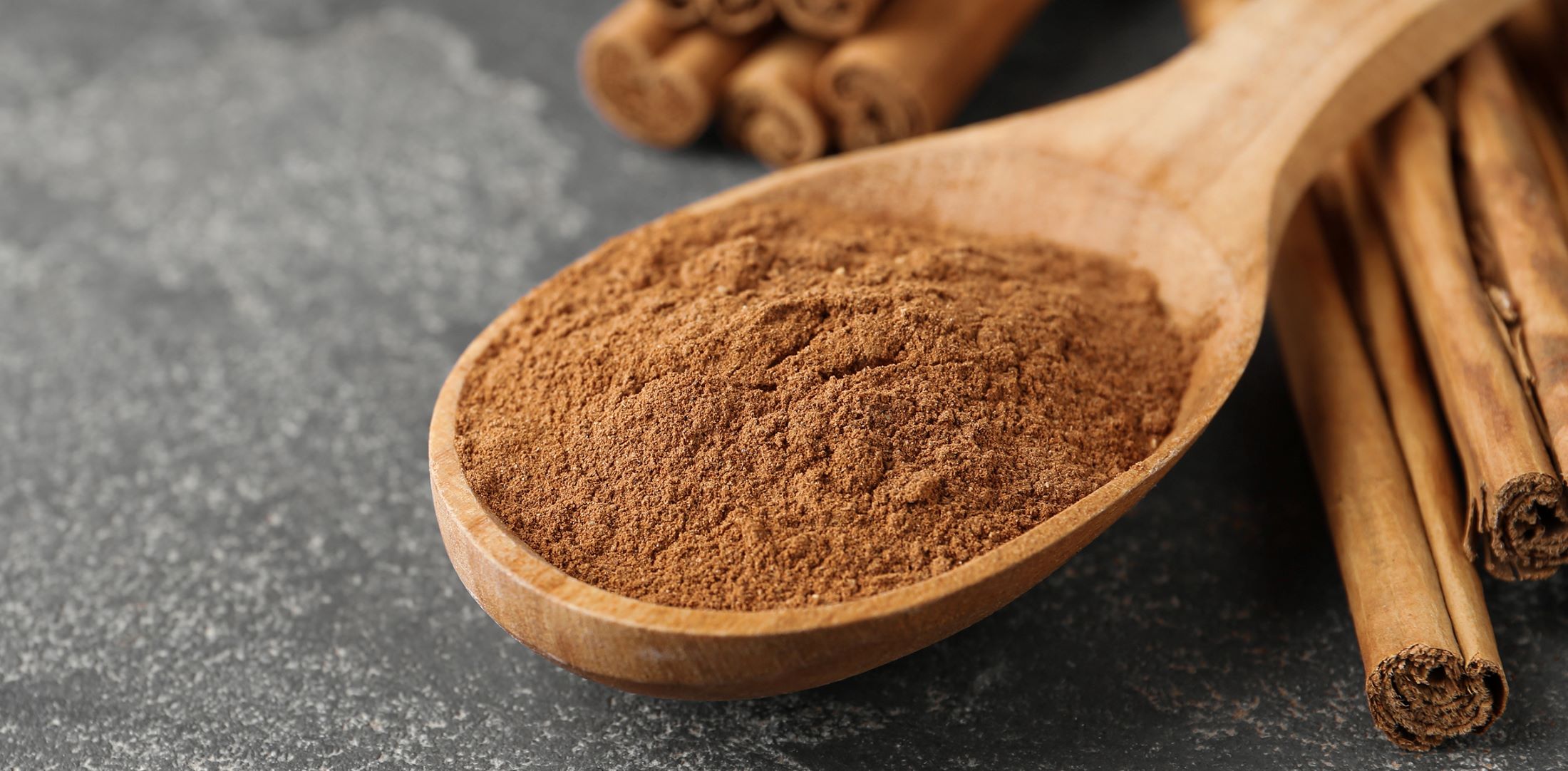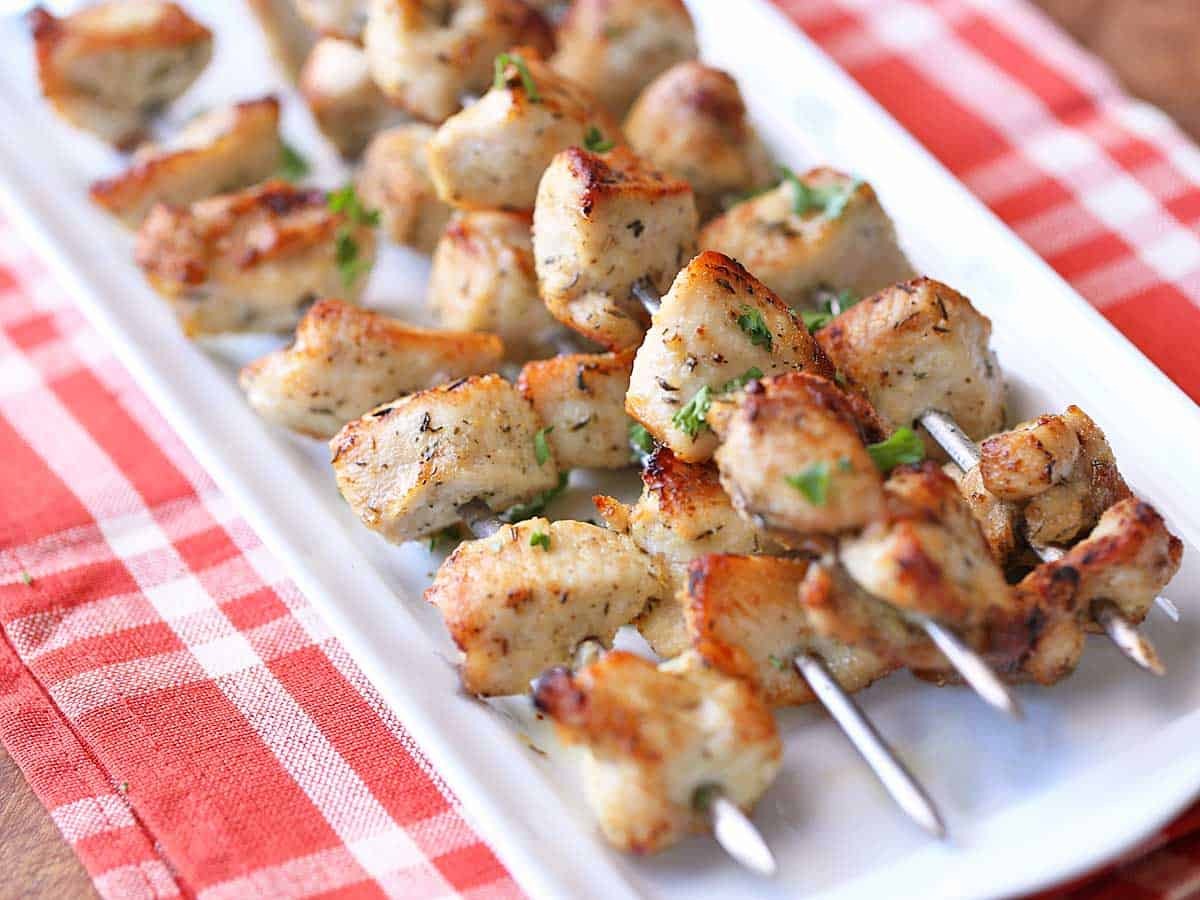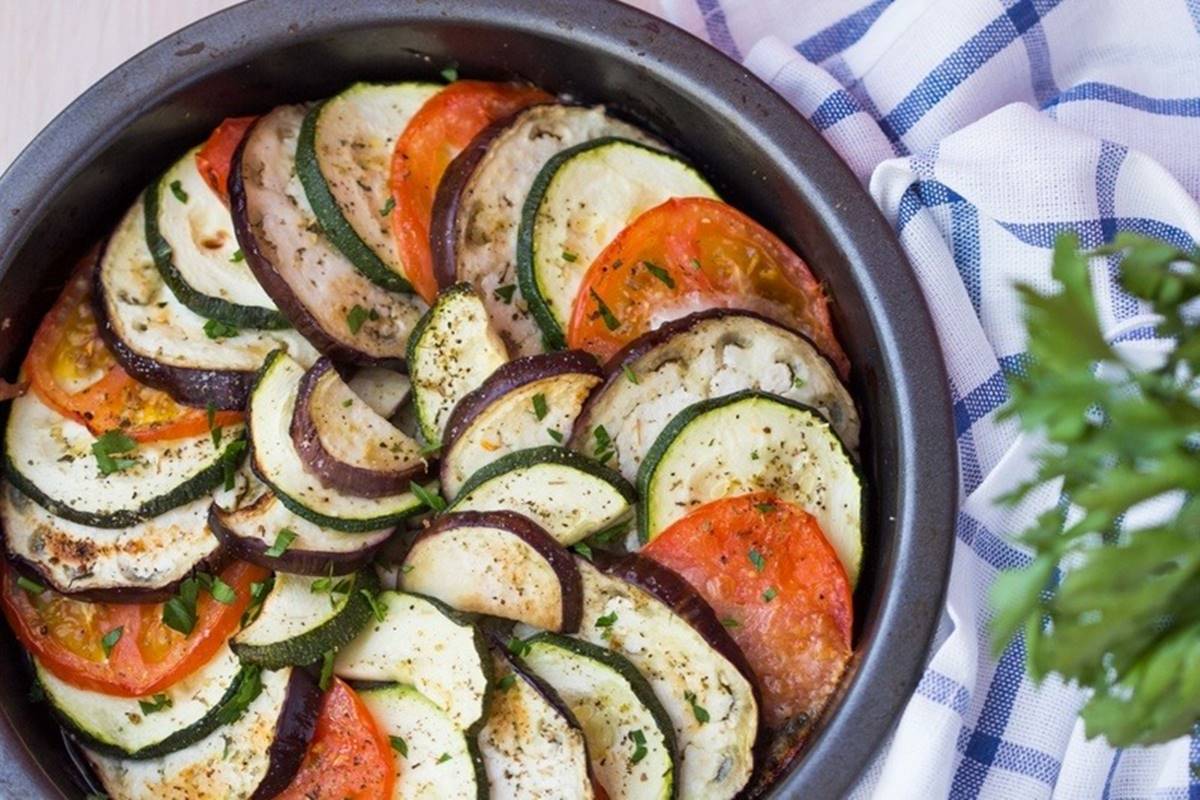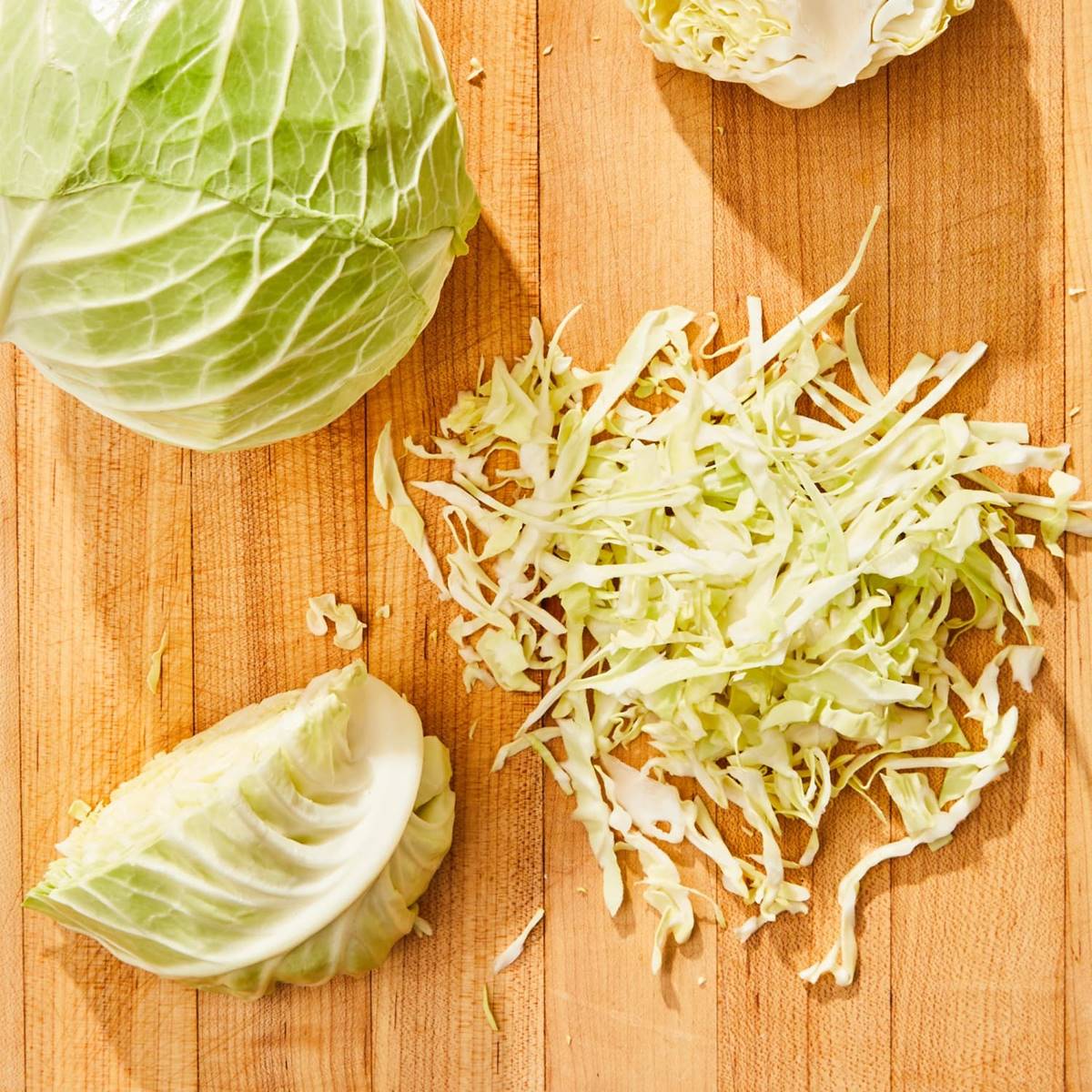Title: How To Master the Art of Culinary Precision: Knife Skills 101
Introduction:
Welcome to our blog post on mastering the art of culinary precision! In this article, we will be focusing on the essential skill of knife cutting techniques. While our title may have caught your attention, it’s important to note that safety should always be the top priority in the kitchen. So, fear not! We’re here to guide you through the proper techniques and tips on how to excel in cutting ingredients without any harm or mishaps.
1. Choose the Right Knife:
An important aspect of safe cutting is having the right tool for the job. Invest in a high-quality kitchen knife that feels comfortable in your hand. We recommend using a chef’s knife, as it provides versatility, control, and precision.
- Ensure your knife is sharp and well-maintained to minimize the risk of accidents.
- Avoid using dull knives, as they require more force and can slip unexpectedly.
2. Proper Grip:
Mastering the grip is essential for safe and efficient cutting. Hold the knife firmly, but not too tightly, with your dominant hand. Place your thumb on the side of the blade, while wrapping your fingers around the handle for stability.
- Always keep your fingers tucked in, away from the edge of the blade.
- Avoid holding the knife with your index finger extended along the spine.
3. Cutting Techniques:
Now that you have the right knife and a proper grip, let’s explore some fundamental knife cutting techniques to elevate your culinary skills:
a. Practice the “Pinch Grip”:
The “pinch grip” is a widely used technique that provides better control and precision:
- Place your thumb and index finger on either side of the blade, near the base.
- Rest your remaining three fingers on the handle for stability.
b. Master the “Rocking Motion”:
The “rocking motion” helps maintain a steady rhythm and prevents your knife from slipping:
- Position the tip of the knife on the cutting board.
- Gently rock the knife back and forth, while applying a downwards pressure on the ingredients.
- Use a smooth and fluid motion to achieve even cuts.
c. Slice, Dice, and Chop with Confidence:
Depending on the recipe, various cutting techniques can be applied:
- Slicing: Use long, smooth motions to create thin, even slices. Keep the knife’s sharpness in mind to avoid accidental slippage.
- Dicing: Begin by slicing the ingredient uniformly, creating thin strips. Then, cut the strips into cubes by making perpendicular cuts.
- Chopping: Use a downward motion to swiftly cut ingredients into smaller pieces. Ensure your knife remains in contact with the cutting board for stability.
4. Safety First:
It is crucial to prioritize safety in the kitchen, even if we’re discussing the art of cutting. Here are a few additional safety measures to keep in mind:
- Always pay attention and avoid distractions while working with sharp knives.
- Use a stable cutting board to prevent wobbling or movement.
- Keep your workstation clean and organized to avoid accidents caused by clutter.
- If you’re a beginner, consider using a cut-resistant glove to protect your non-dominant hand.
Conclusion:
Mastering knife skills is an essential part of becoming a confident and skilled cook. Remember, the goal is to cut with precision, not to cut yourself! By choosing the right knife, maintaining a proper grip, and practicing various cutting techniques, you’ll elevate your culinary journey to new heights.
So, embrace the art of cutting and explore the incredible world of cooking with confidence. Happy slicing and dicing!
Was this page helpful?
Read Next: How To Cut Chicken For Alfredo
